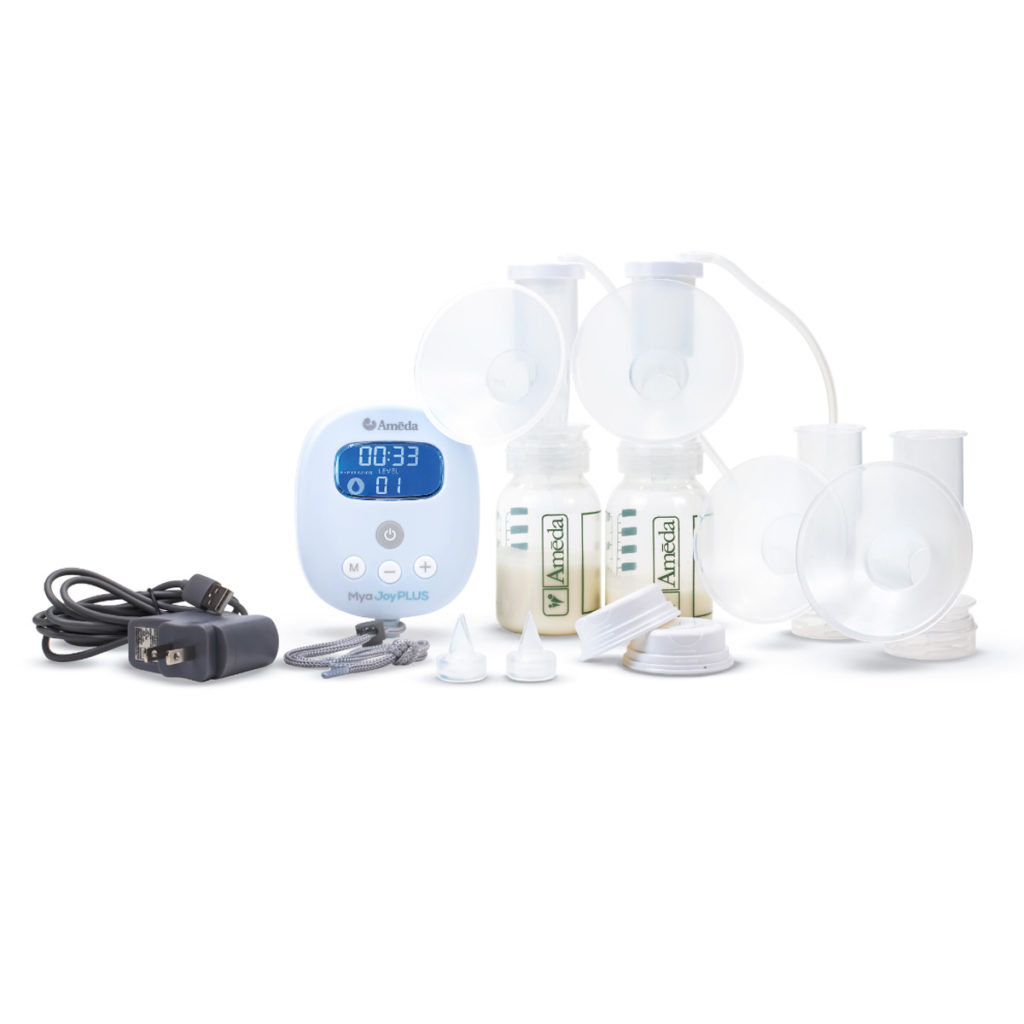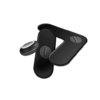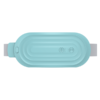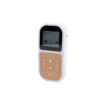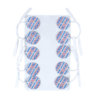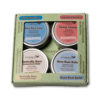How Pumping Can Help Increase Your Milk Supply (2023)

How Pumping Can Help Increase Your Milk Supply
How To Increase Milk Production with a Breast Pump
Now that you’ve put in all that hard work of bringing your baby out into the world, your body is gearing up to start nourishing and supporting your child’s growth in a whole new way. Breastfeeding and pumping are important to increase the milk supply that will stimulate your baby’s growth.
Breastfeeding has been scientifically proven as one of nature’s best ways to nourish and protect your growing infant and is recommended by the World Health Organization for at least the first 6 months. Babies who are breastfed for longer periods often have stronger immune systems and are less susceptible to infections. But just because it’s natural, doesn’t mean it’s easy.
What if your breast milk doesn’t come in right away?
Milk production isn’t the same for everyone. For some, breast milk comes in right away and there is enough (or more than enough) for your baby. For others, building up your milk supply can take time. Especially if your baby was born prematurely, your milk may not come in immediately.
Don’t panic! It is very possible to stimulate your milk supply and get things going while keeping your baby fed. While there are numerous ways to naturally help increase your milk supply, one of the best ways to quickly increase milk production is to use a breast pump.
How does a breast pump increase milk supply?
A good breast pump will mimic the natural suckling rhythm of your baby, naturally stimulating your body to produce milk. Regular and consistent pumping is one of the most natural and effective ways to stimulate milk production and increase your milk supply. When your breasts are full of milk, it’s a cue to your body that it has made enough milk. If you regularly empty your breasts of milk through feeding or pumping, your body will begin to produce more milk to keep up with demand.
5 Tips To Increase Your Milk Supply with a Breast Pump:
1. Cluster Pump and Feed:
Combining cluster pumping (also known as power pumping) and nursing is a great way to utilize your pump to help boost your milk production and get a new baby get used to nursing. If you are not producing much milk, you will want to cluster pump (e.g., 20 mins pumping, 10-minute break, 10 minutes nursing, 10-minute break, etc) and feed alternatively in consistent intervals of time to get both you and your baby used to a feeding schedule.*
2. Be Consistent:
The key to successfully increasing your milk supply is consistency. Pump at the same times each day, and for the same amount of time over an extended period. If you find you’re still needing more, increase the intervals and time of your pumping sessions. Over time, your body will begin to adjust the amount of milk it produces to meet the needs of the demand.
3. Avoid using a bottle too often early on (if possible):
When your infant is getting used to nursing, try to avoid using a bottle for supplemental feeding too often. As it’s easier to get milk from a bottle, relying on bottle feeding too often, too early on, may discourage your baby from nursing. As an alternative, find a small plastic syringe to feed your baby milk in between nursing sessions. The goal is to help your baby learn to latch and feed successfully from your breasts and not to become used to the bottle (until you’re ready to stop nursing). As your baby learns to latch effectively, the natural suckling in addition to pumping will help produce hormones that tell your body to produce more milk. If your baby is low weight, helping get their weight up will also help eventually help them to nurse more easily.
4. Get Comfortable:
Choose a breast pump that is comfortable and does not cause you pain. Ensure you select a setting and flange that fits well and creates a good latch. Ideally your breast pump will have a selection of flanges to choose from to ensure you get a good fit. Also, ensure your body is comfortable while pumping or nursing. Using a nursing pillow, a pumping bra, or resting an arm on a chair armrest can help. Whatever your preferred position, find a place that feels comfortable for you to increase ease throughout pumping or nursing sessions.
5. Use An Electric Pump:
While a manual breast pump can be useful, it is much more time-consuming and laborious. A manual pump often does not yield the same results as an electric breast pump, which can more easily mimic a baby’s suckling motion. If you’re wanting to use a breast pump for the purpose of increasing your milk supply, an electric pump is the best choice. Double pumping can also be a good option, which electric pumps can do.
Remember, breastfeeding is a learned skill for both you and your baby. It can be emotional and that is 100% okay. Stick with it, keep pumping and snuggling your baby and you will see positive results.
*Always speak to your doctor, midwife or lactation specialist before beginning a cluster or power pumping regimen. And don’t forget to look after yourself! While you’re working hard to increase your milk supply and provide for and nourish your baby – don’t forget to stay hydrated and eat a balanced diet yourself too!
Need A New Breast Pump?
If you’re looking to buy a breast pump, we highly recommend the Ameda Mya Joy Plus.
It’s portable, comfortable and effective, with a wide range of suction and speed settings pre-set for ease of use. It also uses hospital-grade technology to ensure safe milk collection. It has a rechargeable battery which makes it very easy and portable.
